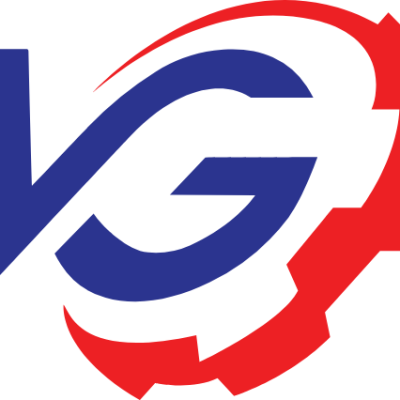The unobtrusive strength of a worm gear is often underappreciated in a universe where precision is paramount. Its longevity, which works behind the scenes of high-load mechanical devices, dictates the reliability of countless devices, from industrial conveyors to car transmissions. But how does this subtle element avoid losing strength under pressure? The solution is in surface hardening methods, a revolutionary process that dramatically prolongs worm gear life, minimizes friction, and increases durability.
Understanding the Role of Surface Hardening
Worm gears are special because they have sliding contact and a high torque gearbox with low speeds. Because of this very reason, they are prone to fatigue, and surface wear, resulting in premature failure. By increasing the surface hardness of the gear using a harder core that is strong and ductile, the processes of surface hardening offer an effective solution.
These methods minimize micro-cracking, deformation-resistant, and minimize wear by producing a hardened surface coating, all important factors in worm gear systems’ long component life.
Important Surface Hardening Techniques of Worm Gears
- Carburisation
Carburising, being the most common process, consists of the use of high temperatures in diffusing carbon into the gear surface. It produces a toughened, high-carbon hard coating as a consequence, enhancing wear resistance considerably. The hardened case is ideal for high-load worm applications since it can withstand surface fatigue after quenching.
- Nitriding
Nitriding puts nitrogen on the surface and occurs at a lower temperature than carburising. The result is a strong, wear-resistant layer without the distortion caused by too much heat. In precision-engineered worm wheels where dimensional accuracy is critical, this method proves very suitable.
- Hardening by Induction
This localized process employs electromagnetic induction to rapidly heat the surface of the worm gear prior to immediately quenching it. Through the development of a martensitic structure, the process enhances toughness and hardness. It is often applied to worm shafts that resist rotational tension and cyclic loading.
- Hardening of Flames
Flame hardening, which uses direct flame application to heat, has results that are similar to those of induction hardening. For larger or uncomplicated worm gear assemblies, it offers a cost-effective alternative, even though it lacks precision.
Benefits of Surface Hardening in Worm Applications
- Improved Wear Resistance: Over time, there is minimal material lost as hardened surfaces resist friction.
- Increased Load-Carrying Ability: Tougher surfaces are able to withstand more contact pressure without breaking.
- Longer Life of Operation: Further reduced wear means less replacement and repair, reducing downtime.
- Increased Efficiency: Lower friction by smoother meshing of gears leads to increased mechanical efficiency.
Final Thoughts:
Although rotating merely a few degrees at a time, worm gears contribute immensely to machinery. Worm gears can survive, silently, efficiently, and with unyielding endurance—due to surface hardening treatments. An application of higher-order surface processes is not merely an enhancement but an engineering imperative as manufacturers achieve higher lifetime and performance.
The next time a worm gear runs perfectly behind the scenes, take note of how science, heat, and careful hardening are involved along with design.




